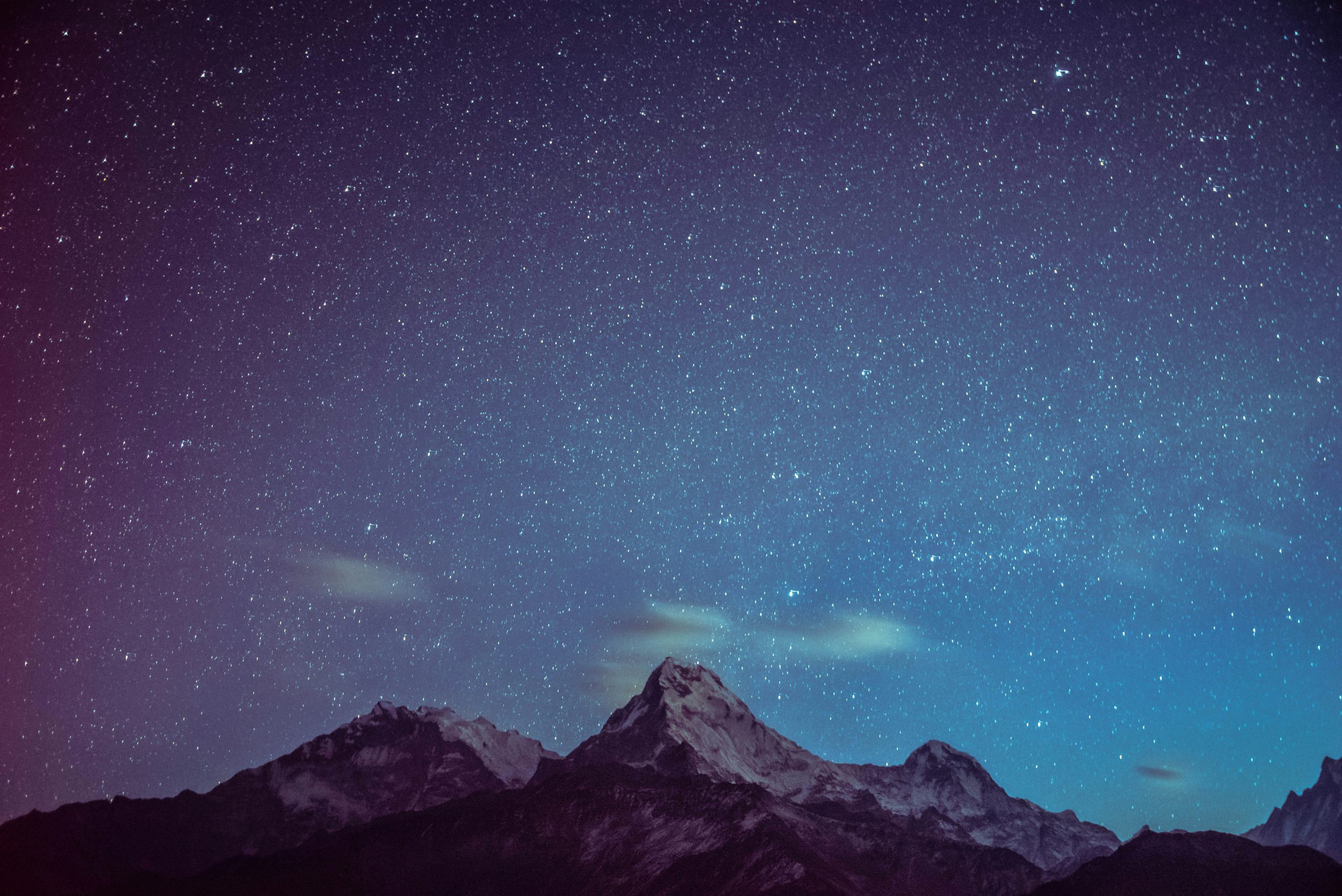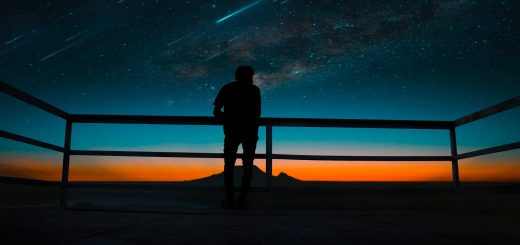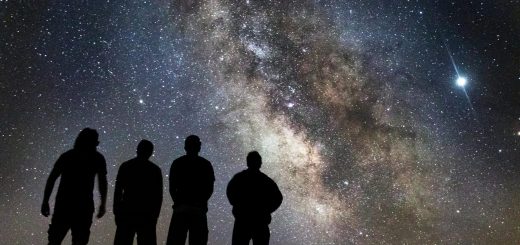Tanzania Ngorongoro Crater: Maasai Tribes and Wildlife Conservation

Before diving in, please note: This post is for informational purposes only. If you’d like to know more about how we approach topics, feel free to check out our friendly Disclaimer Page.
Hey there, amazing readers! 🖐️ Just a quick note: yes, we know there are a lot of ads here. Trust us, we get it—it’s not the prettiest look, but they help us keep this blog alive and kicking. Those pesky little ads cover the costs of all the behind-the-scenes magic, from hosting and tech stuff to creating content we hope you’ll love.
We’re committed to delivering quality posts, and your support (even just sticking around despite the ads) means everything to us. So, bear with us, and thanks for helping us keep the good vibes rolling. Now, on to the fun stuff! 😉
TRANSLATE BUTTON AT THE END OF THE ARTICLE
Introduction to Ngorongoro Crater
Nestled in the heart of Tanzania, the Ngorongoro Crater is a UNESCO World Heritage Site and one of the most iconic natural wonders in Africa.
This spectacular caldera is the world’s largest intact volcanic crater, spanning over 100 square miles and boasting a diverse array of wildlife.
The crater is home to an estimated 25,000 large animals, including the elusive black rhinoceros and the majestic African elephant.
Its unique ecosystem supports a thriving population of predators such as lions, leopards, and hyenas, making it a prime destination for safari enthusiasts and nature lovers alike.
The Ngorongoro Crater is not just a haven for wildlife; it is also a vital cultural site for the Maasai tribes who have inhabited the area for centuries.
The Maasai people coexist harmoniously with the wildlife in the region, maintaining their traditional way of life while contributing to the conservation efforts that protect this natural paradise.
Through a delicate balance of tradition and modernity, the Maasai play a crucial role in preserving the Ngorongoro Crater for future generations to enjoy.
Maasai Tribes in Tanzania
The Maasai tribes are a semi-nomadic pastoral community that have roamed the grasslands of East Africa for generations.
Renowned for their distinctive red attire, intricate beadwork, and traditional warrior culture, the Maasai people have a deep connection to the land and wildlife around them.
In Tanzania, the Maasai are primarily found in the Ngorongoro Conservation Area, where they have lived in harmony with nature for centuries.
The Maasai maintain a traditional lifestyle centered around cattle herding, with livestock playing a central role in their economy and social structure.
Despite modernization and increasing pressures on their way of life, the Maasai have managed to preserve many aspects of their traditional culture, including their unique language, customs, and spiritual beliefs.
As stewards of the land, the Maasai have a profound respect for nature and a strong sense of responsibility towards the conservation of the environment.
Wildlife Conservation in Ngorongoro
The Ngorongoro Conservation Area was established in 1959 with the goal of protecting the unique ecosystem of the Ngorongoro Crater and promoting sustainable wildlife conservation.
The area is managed by the Ngorongoro Conservation Area Authority (NCAA), which works closely with local communities, including the Maasai tribes, to ensure the effective management of natural resources and the preservation of biodiversity.
Wildlife conservation efforts in Ngorongoro are focused on safeguarding the diverse flora and fauna of the region, including endangered species such as the black rhinoceros and the African wild dog.
The NCAA implements various conservation strategies, such as anti-poaching patrols, habitat restoration projects, and community-based initiatives to mitigate human-wildlife conflicts.
These efforts are essential for maintaining the ecological balance of the Ngorongoro Crater and protecting its unique wildlife populations for future generations to appreciate.
Maasai Culture and Traditions
The Maasai culture is deeply rooted in tradition, with customs and practices that have been passed down through generations.
Central to Maasai society is the role of the elders, who hold invaluable knowledge about the land, wildlife, and spiritual beliefs of the community.
The Maasai people have a rich oral tradition, with storytelling playing a significant role in preserving their history and cultural heritage.
One of the most iconic aspects of Maasai culture is their elaborate beadwork, which is used to create intricate jewelry, clothing, and decorative items.
Each bead color and pattern holds symbolic meaning, reflecting different aspects of Maasai life such as age, social status, and marital status.
Additionally, the Maasai are known for their unique jumping dance, the "adamu," which is performed during special ceremonies and celebrations.
Importance of Ngorongoro Crater
The Ngorongoro Crater is a vital sanctuary for wildlife in East Africa, providing a safe haven for a diverse array of species in a contained area.
Its unique ecosystem supports a high density of wildlife, making it one of the most sought-after safari destinations in the world.
The crater’s geographical features, including the Lerai Forest and the alkaline Lake Magadi, create a mosaic of habitats that sustain an abundance of plant and animal life.
In addition to its ecological significance, the Ngorongoro Crater holds immense cultural value for the Maasai tribes who call it home.
For the Maasai, the crater is a sacred landscape where their ancestors once roamed, and where they continue to uphold their traditional way of life.
The conservation of the Ngorongoro Crater is therefore crucial not only for the preservation of biodiversity but also for the safeguarding of Maasai culture and heritage.
Coexistence of Maasai and Wildlife
The coexistence of the Maasai tribes and wildlife in the Ngorongoro Conservation Area is a testament to the harmonious relationship between humans and nature.
Discover "The Traveler’s Guide: Your Ultimate Companion for Every Adventure ✈️"
The Maasai have traditionally lived in harmony with the wildlife around them, sharing the land and its resources with the diverse species that inhabit the region.
Through their pastoral lifestyle, the Maasai have developed a deep understanding of the natural world and the importance of conservation.
The Maasai’s traditional land management practices, such as rotational grazing and controlled burning, have helped maintain the ecological balance of the Ngorongoro Crater for centuries.
By moving their livestock to different grazing areas throughout the year, the Maasai prevent overgrazing and allow vegetation to regenerate, benefiting both wildlife and cattle.
This sustainable approach to land use has enabled the Maasai and wildlife to thrive together in a fragile ecosystem.
Challenges Facing Conservation Efforts
Despite the successful conservation efforts in the Ngorongoro Conservation Area, there are several challenges that threaten the sustainability of wildlife and the Maasai way of life.
One of the primary challenges is increasing human-wildlife conflicts, as growing populations and encroaching settlements put pressure on natural resources and lead to conflicts between predators and livestock.
Poaching remains a significant threat to endangered species, with poachers targeting rhinos, elephants, and other valuable wildlife for their tusks and horns.
Climate change poses another significant challenge to the Ngorongoro ecosystem, with rising temperatures and unpredictable weather patterns affecting the availability of water and food for wildlife.
The loss of habitat due to deforestation and land degradation further exacerbates the challenges facing the conservation of the crater.
Addressing these complex issues requires a multi-faceted approach that involves collaboration between government agencies, conservation organizations, local communities, and international partners.
Role of Maasai in Wildlife Protection
The Maasai people play a crucial role in the protection of wildlife in the Ngorongoro Conservation Area through their traditional knowledge and conservation practices.
As stewards of the land, the Maasai have a deep respect for nature and a strong sense of responsibility towards the environment.
They work closely with conservation authorities to monitor wildlife populations, report illegal activities, and participate in community-based conservation projects.
The Maasai’s intimate knowledge of the landscape and wildlife behavior is invaluable for conservation efforts, as they can provide insights that help protect endangered species and mitigate human-wildlife conflicts.
By involving the Maasai in decision-making processes and empowering them to take an active role in conservation, the Ngorongoro Conservation Area Authority ensures that local communities are invested in the long-term sustainability of the ecosystem.
Sustainable Tourism in Ngorongoro
Tourism plays a significant role in the conservation and management of the Ngorongoro Crater, providing essential revenue for conservation efforts and supporting local communities.
Sustainable tourism practices are essential for minimizing the impact of visitor activities on the fragile ecosystem of the crater while enhancing the cultural experience for tourists.
The Ngorongoro Conservation Area Authority promotes responsible tourism initiatives that prioritize conservation, community development, and cultural preservation.
Visitors to the Ngorongoro Crater have the opportunity to engage with the Maasai communities through cultural tours, homestays, and traditional performances.
These interactions not only enrich the tourist experience but also contribute to the economic empowerment of the Maasai people and the conservation of their way of life.
By promoting sustainable tourism practices that benefit both wildlife and local communities, the Ngorongoro Conservation Area Authority ensures that the crater remains a thriving ecosystem for generations to come.
Success Stories in Wildlife Conservation
Despite the challenges facing wildlife conservation in the Ngorongoro Crater, there have been several success stories that highlight the effectiveness of collaborative conservation efforts.
The recovery of the black rhinoceros population in the crater is a testament to the success of anti-poaching measures and habitat protection initiatives.
The reintroduction of previously extinct species, such as the eastern black rhino, demonstrates the resilience of the ecosystem and the positive impact of conservation interventions.
Community-based conservation projects have also been instrumental in empowering local communities, including the Maasai, to take an active role in protecting wildlife and natural resources.
Initiatives that provide alternative livelihoods, such as eco-tourism and sustainable agriculture, have helped reduce dependency on natural resources and alleviate poverty in the region.
By fostering partnerships between conservation organizations, government agencies, and local communities, the Ngorongoro Conservation Area has achieved significant milestones in wildlife conservation and sustainable development.
Future of Ngorongoro Crater
As the Ngorongoro Crater continues to face environmental challenges and human pressures, the future of this iconic landscape relies on concerted efforts to promote sustainable conservation practices and community engagement.
The Ngorongoro Conservation Area Authority is committed to addressing the complex issues that threaten the ecosystem, including climate change, human-wildlife conflicts, and habitat degradation.
By implementing innovative conservation strategies and fostering collaboration with local communities, the NCAA aims to secure the long-term sustainability of the Ngorongoro Crater for future generations.
The role of the Maasai tribes in the conservation of the Ngorongoro Crater will be pivotal in shaping the future of this unique ecosystem.
By upholding their traditional values, knowledge, and practices, the Maasai can continue to contribute to the protection of wildlife and the preservation of their cultural heritage.
The sustainable coexistence of humans and wildlife in the Ngorongoro Conservation Area is essential for maintaining the ecological balance of the region and ensuring the survival of its iconic species.
Conclusion: Preserving Maasai Culture and Wildlife
In conclusion, the Ngorongoro Crater stands as a beacon of biodiversity and cultural heritage in Tanzania, where the Maasai tribes and wildlife coexist in a delicate balance.
The conservation efforts in the Ngorongoro Conservation Area are crucial for protecting the unique ecosystem of the crater and preserving the traditional way of life of the Maasai people.
By promoting sustainable tourism, community engagement, and collaborative conservation initiatives, the NCAA is working towards securing a sustainable future for the Ngorongoro Crater.
The Maasai tribes play a central role in the conservation of the Ngorongoro Crater, drawing on their deep connection to the land and wildlife around them.
Through their traditional knowledge, cultural practices, and commitment to conservation, the Maasai contribute to the protection of endangered species and the sustainable management of natural resources.
The future of the Ngorongoro Crater hinges on the continued collaboration between the Maasai, conservation organizations, and government agencies to ensure the preservation of this natural wonder for generations to come.

The Enlightenment Journey is a remarkable collection of writings authored by a distinguished group of experts in the fields of spirituality, new age, and esoteric knowledge.
This anthology features a diverse assembly of well-experienced authors who bring their profound insights and credible perspectives to the forefront.
Each contributor possesses a wealth of knowledge and wisdom, making them authorities in their respective domains.
Together, they offer readers a transformative journey into the realms of spiritual growth, self-discovery, and esoteric enlightenment.
The Enlightenment Journey is a testament to the collective expertise of these luminaries, providing readers with a rich tapestry of ideas and information to illuminate their spiritual path.
Our Diverse Expertise 🌟
While our primary focus is on spirituality and esotericism, we are equally passionate about exploring a wide range of other topics and niches 🌍📚. Our experienced team is dedicated to delivering high-quality, informative content across various subjects ✨.
To ensure we provide the most accurate and valuable insights, we collaborate with trusted experts in their respective domains 🧑🏫👩🏫. This allows us to offer well-rounded perspectives and knowledge to our readers.
Our blog originally focused on spirituality and metaphysics, but we’ve since expanded to cover a wide range of niches. Don’t worry—we continue to publish a lot of articles on spirituality! Frequently visit our blog to explore our diverse content and stay tuned for more insightful reads.






